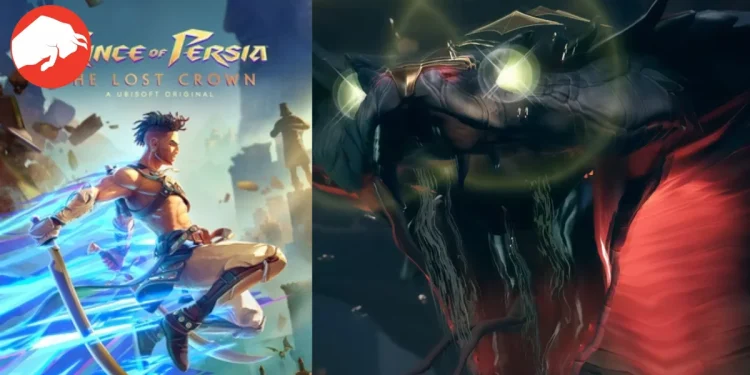Blending Myth and History: The Creative Process Behind Prince of Persia’s Latest Chapter
Ubisoft’s new game, “Prince of Persia: The Lost Crown,” marks a striking departure from its iconic “Assassin’s Creed” series, blending historical elements with Persian mythology to create a unique gaming experience. Game Rant’s recent interview with Jacques Exertier, Narrative and Animation Director at Ubisoft Montpellier, sheds light on this creative process.
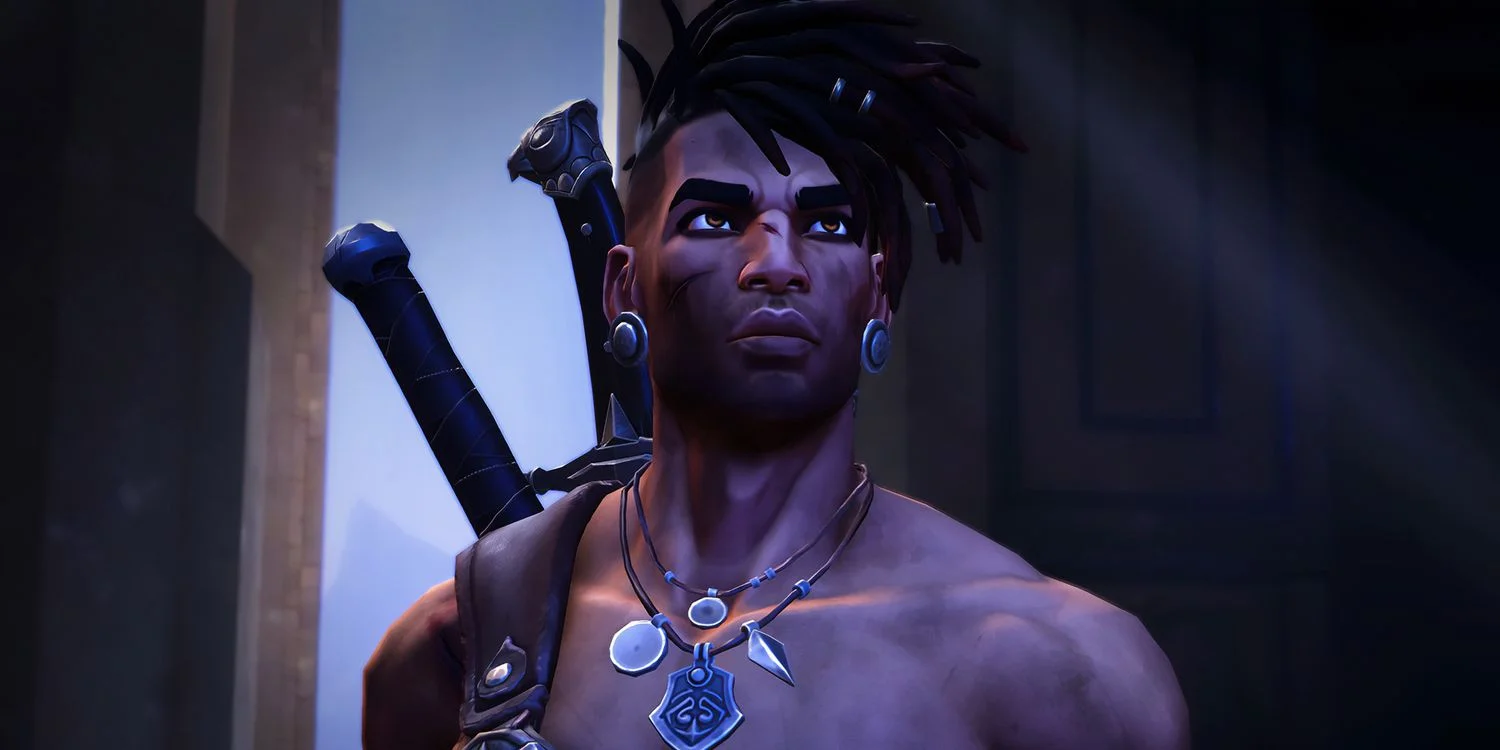
Turning Tables: A Fresh Narrative Twist in “The Lost Crown”
One of the most intriguing aspects of “The Lost Crown” is its narrative shift. Unlike the original 1989 game and its 2007 remake, where a nameless prince rescues the princess, this new installment features a character named Sargon on a quest to save the kidnapped prince Ghassan. Exertier elaborates on this innovative approach: “Having the Prince himself and not a female character in the role of the one to be saved seemed interesting to us. These initial and foundational decisions have guided us significantly, presenting us with new choices and leading us to explore new directions in the narrative.”
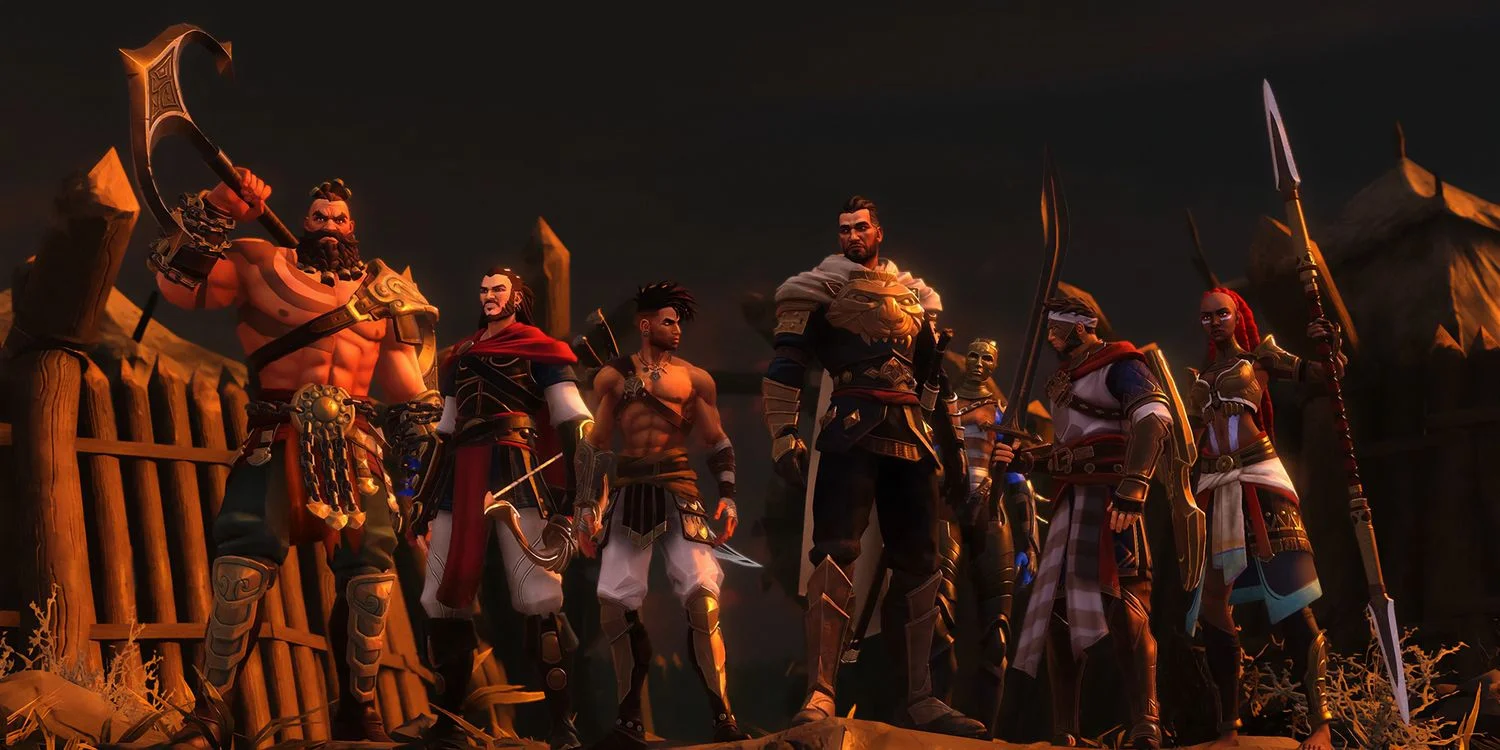
Sargon: A New Hero Emerges
Sargon, the protagonist in “The Lost Crown,” is a significant departure from the traditional prince character. He is not a prince but a warrior with a complex background and intense training. “Sargon shares with the Prince from previous installments extraordinary physical abilities… However, he differs significantly in terms of personality, shaped by the warrior education he received,” explains Exertier. This character development is a pivotal element in the game’s storytelling, offering a fresh perspective within the franchise.
The Immortals: From History to Gameplay
A fascinating addition to the game is the group known as the Immortals, inspired by the historical elite force in the Persian army. In reality, they numbered 10,000 and were instantly replaced upon falling in battle. However, in “The Lost Crown,” they are a group of seven legendary warriors, with Sargon being the latest member. “The player thus embodies Sargon, the latest addition among them. He will find a family among them and develop a unique relationship with each,” Exertier says, highlighting the bond among these characters.
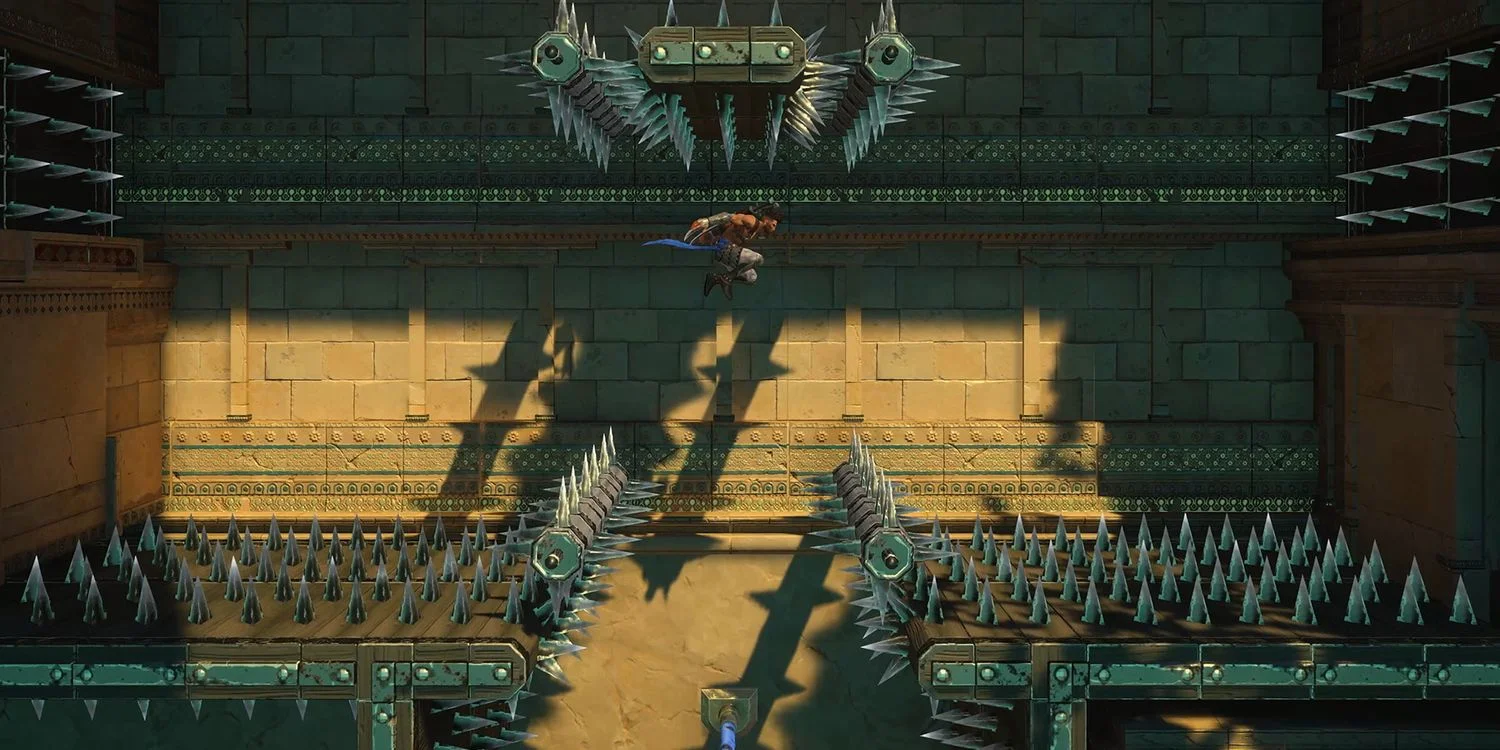
Mount Qaf: A Mythical Setting
Mount Qaf, a pivotal location in the game, is rooted in Persian mythology. It serves as the backdrop for various biomes and settings, including the Citadel of Knowledge and the Hyrcanian Forest. “In the deepest abysses of Mount Qaf, there are traces of civilizations long gone, predating the human species,” Exertier notes, adding layers of mystery and intrigue to the game’s world.
The Curse of Mount Qaf and Mythological Creatures
“The Lost Crown” also delves into the unknown curse afflicting Mount Qaf, a central plot element driving the game’s narrative. Additionally, the game features a rich array of mythological creatures drawn from Persian lore, providing varied challenges and encounters for players.
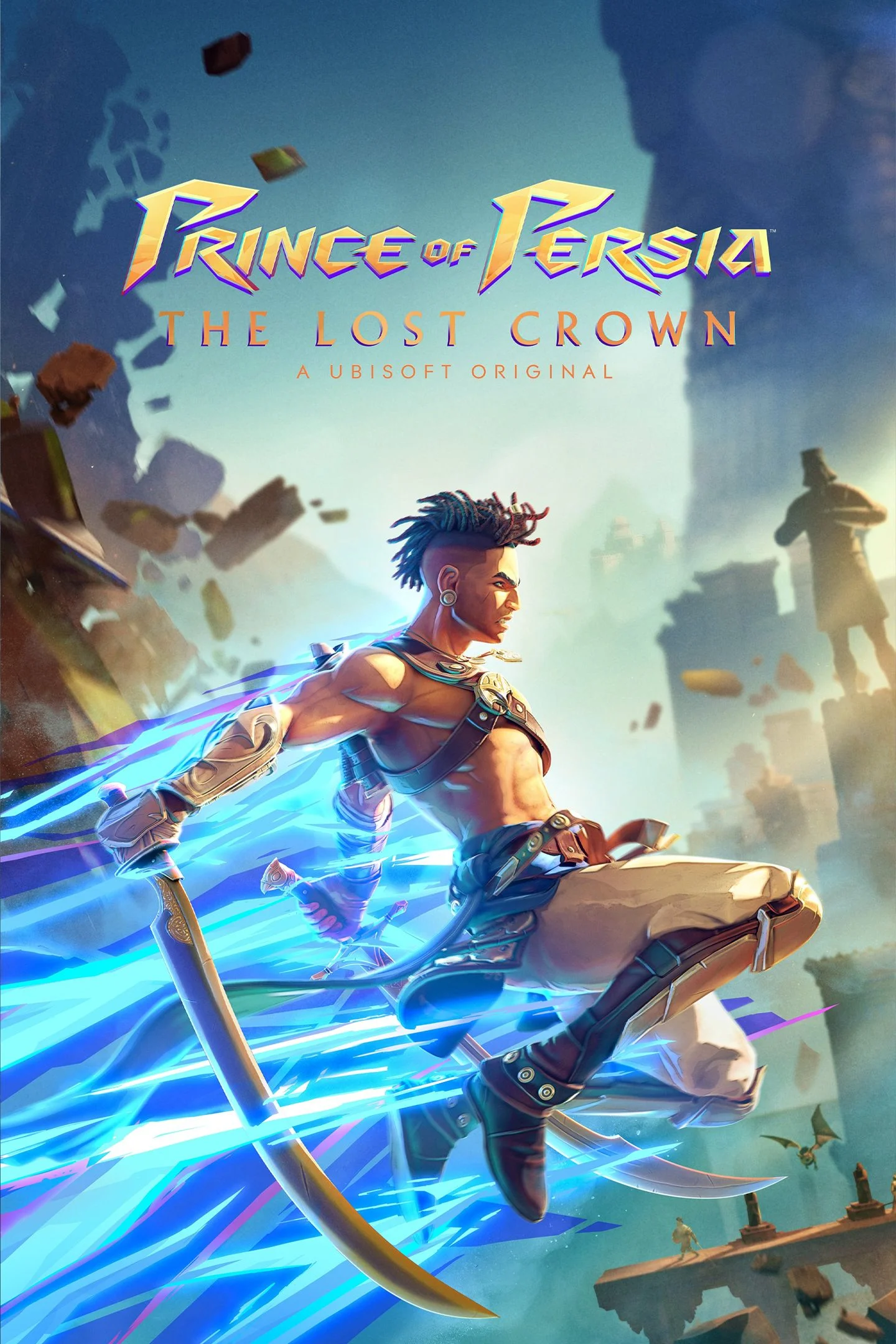
Differentiating from Assassin’s Creed
In comparing “The Lost Crown” with “Assassin’s Creed,” Exertier points out the distinct approach to historical and mythological integration. “This is not the case for the Prince of Persia brand… we chose to break free from them when game design, the scenario, or the narrative arcs of our characters prompted us to do so,” he explains. This approach allows “The Lost Crown” to venture into realms of fantasy and legend, differentiating it from the more historically grounded narratives of “Assassin’s Creed.”
In conclusion, “Prince of Persia: The Lost Crown” represents a bold step by Ubisoft, integrating rich Persian mythology and history into a narrative that both respects and reinvents its iconic franchise. The game promises to offer a blend of familiar gameplay mechanics with fresh storytelling, all set in a vividly imagined world. With its innovative narrative, diverse cast of characters, and mythical setting, “The Lost Crown” is poised to be a notable addition to the Prince of Persia saga.


